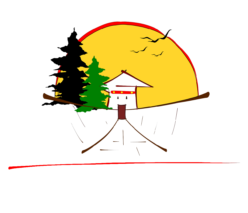 |
The land occupied by the Paro Valley Area Development Project was finally handed over to the landowners today. It was handed over by the Agriculture Minister Lyonpo Pema Gyamtsho to the Member of the Parliament from Lamgong-Wangchang constituency in Paro, Lyonpo Khandu Wangchuck.
The land was acquired by the Department of Agriculture in 1990 from 13 farmers under Shari geog in Paro to establish the Paro Valley Area Development Project. The Department of Agriculture paid the farmers Nu. 653 per decimal as compensation. But subsequently, attempts to change the land ownership failed due to disputes over the provision of access road to landowners along the project boundary and demarcation and fencing of the land acquired by the project. Continue reading Agriculture Ministry returns about five acres land to landowners

 Nichula geog in Dagana dzongkhag is one of the remotest geogs in the kingdom. For most of the year, it remains cut off from rest of the Kingdom by the swelling Sunkosh River. There is no bridge and motorable road connecting the geog is a distant dream. People including officials use rafts or boats to commute to the village. Things are however set to change for the better with the construction of a suspension bridge about to begin.
Nichula geog in Dagana dzongkhag is one of the remotest geogs in the kingdom. For most of the year, it remains cut off from rest of the Kingdom by the swelling Sunkosh River. There is no bridge and motorable road connecting the geog is a distant dream. People including officials use rafts or boats to commute to the village. Things are however set to change for the better with the construction of a suspension bridge about to begin. 

